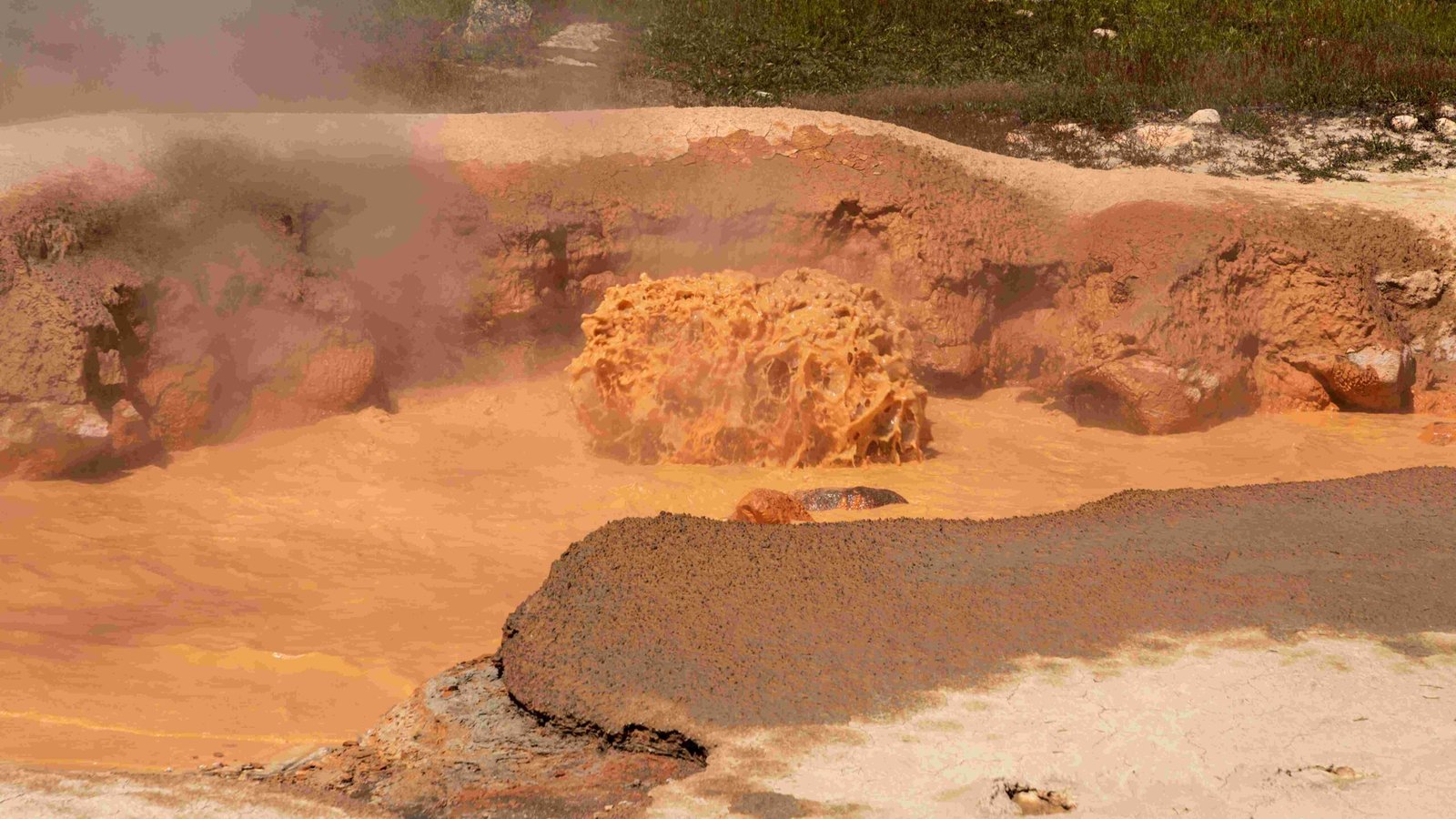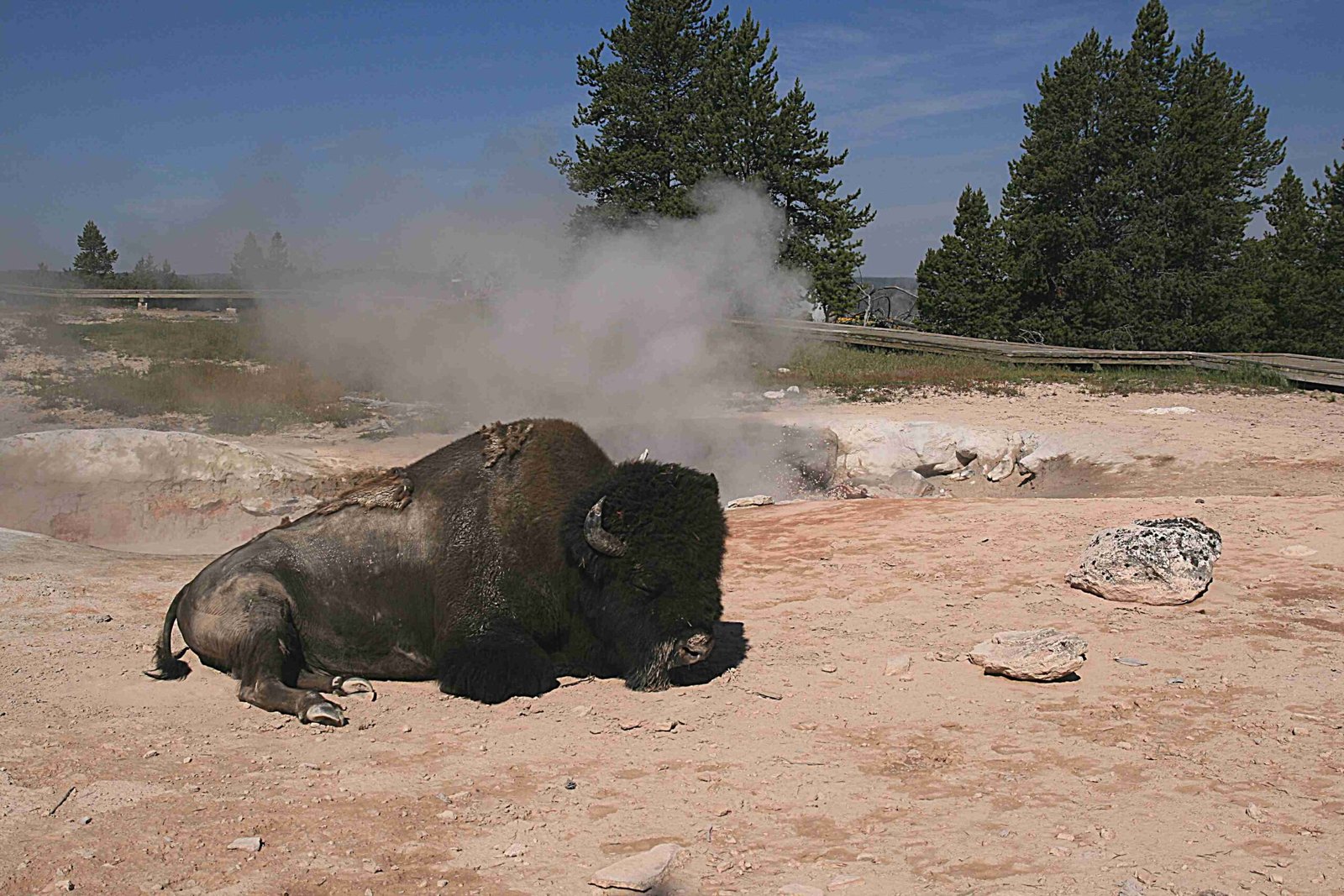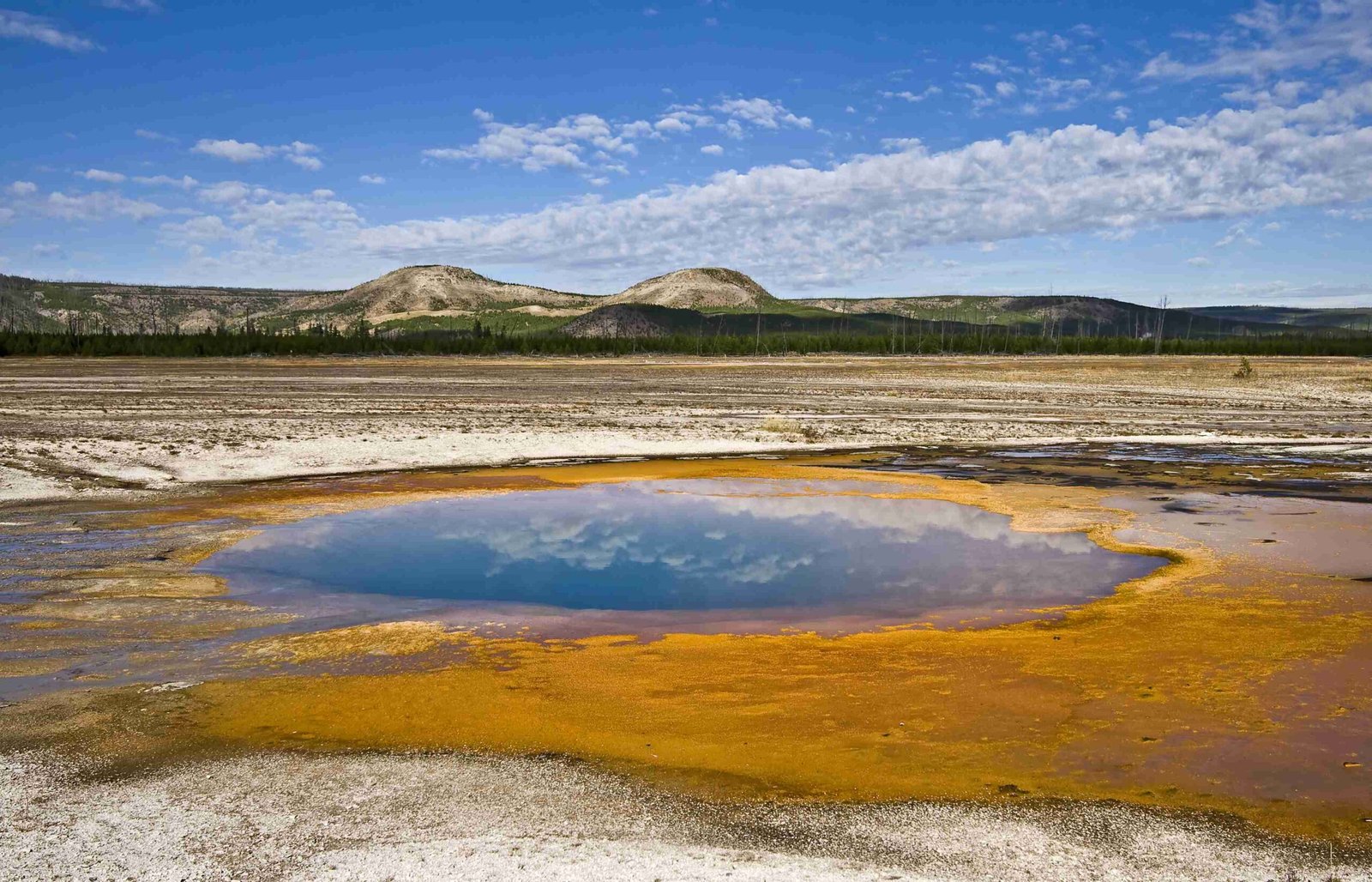Yellowstone National Park’s unique environment, characterized by extreme temperatures, geothermal features, and diverse elevations, demands remarkable adaptations from its flora and fauna. Animals and plants in Yellowstone have evolved specialized physiological, behavioral, and morphological traits to thrive in this challenging ecosystem. These adaptations range from thermal tolerance in microorganisms to seasonal migration patterns in large mammals.
What Are the Key Thermal Adaptations in Yellowstone?

How Do Microorganisms Survive in Extreme Heat?
Yellowstone’s geothermal features host an array of thermophilic microorganisms that have adapted to survive in scorching temperatures. These adaptations include:
- Heat-stable enzymes
- Specialized cell membranes
- Unique protein structures
For example, the bacterium Thermus aquaticus, discovered in Yellowstone’s hot springs, produces an enzyme crucial for DNA replication at high temperatures. This enzyme, Taq polymerase, has revolutionized molecular biology and PCR techniques.
What Plant Adaptations Allow Survival Near Thermal Features?
Plants near Yellowstone’s thermal areas have developed remarkable adaptations:
- Deep Root Systems: Allow access to cooler soil layers
- Heat-Resistant Seeds: Ensure survival and germination in harsh conditions
- Waxy Leaf Coatings: Reduce water loss in hot environments
Some plants, like the Ross’ bentgrass, can grow on soil as hot as 129°F (54°C), showcasing extraordinary thermal tolerance.
How Do Animals Adapt to Yellowstone’s Harsh Winters?

What Behavioral Adaptations Help Large Mammals Survive?
Yellowstone’s large mammals employ various strategies to endure the long, cold winters:
- Migration: Elk and pronghorn move to lower elevations with less snow.
- Insulation: Bison grow thick winter coats and use their massive heads to sweep away snow for grazing.
- Energy Conservation: Wolves and coyotes form packs to more efficiently hunt prey in deep snow.
How Do Smaller Animals Cope with Winter Conditions?
Smaller animals in Yellowstone have developed unique adaptations:
| Animal | Winter Adaptation |
|---|---|
| Grouse | Grow feathers on feet for snowshoe-like effect |
| Marmots | Hibernate for up to 7 months |
| Snowshoe Hares | Change fur color to white for camouflage |
What Altitude Adaptations Are Present in Yellowstone’s Ecosystem?
How Do Plants Adapt to High Elevations?
Plants at Yellowstone’s higher elevations face challenges like intense UV radiation, strong winds, and short growing seasons. Adaptations include:
- Compact growth forms to resist wind damage
- Darker pigmentation to protect against UV radiation
- Rapid life cycles to complete reproduction in short growing seasons
What Physiological Adaptations Help Animals at High Altitudes?
Animals living at Yellowstone’s higher elevations have developed specialized physiological traits:
- Enhanced Oxygen Uptake: Species like the pika have hemoglobin with higher oxygen affinity.
- Increased Lung Capacity: Bighorn sheep have larger lungs relative to their body size.
- Efficient Metabolism: Many high-altitude animals have adapted to use oxygen more efficiently.
How Do Yellowstone’s Species Adapt to Geothermal Soil Conditions?
What Plant Adaptations Allow Growth in Geothermal Soils?
Plants growing in Yellowstone’s geothermal areas have unique adaptations to cope with high soil temperatures and unusual chemical compositions:
- Heat-Tolerant Roots: Some plants can withstand soil temperatures above 40°C (104°F).
- Chemical Tolerance: Adaptations to high sulfur and low pH levels in geothermal soils.
- Specialized Nutrient Uptake: Ability to extract nutrients from mineral-rich geothermal soils.
How Do Animals Utilize Geothermal Areas?
While no animals live directly in the hottest geothermal features, many species benefit from these areas:
- Thermal Refuge: Bison and elk often gather near warm ground in winter.
- Feeding Opportunities: Some birds feed on insects attracted to the warm, moist areas around hot springs.
- Nesting Sites: Killdeer often nest on warm ground near geothermal features.
What Nutrient Cycling Adaptations Exist in Yellowstone’s Ecosystem?
How Do Microorganisms Contribute to Nutrient Cycling?
Thermophilic microorganisms play a crucial role in Yellowstone’s nutrient cycles:
- Chemosynthesis: Some microbes convert inorganic compounds into organic matter, forming the base of unique food webs.
- Nitrogen Fixation: Certain bacteria in hot springs can fix atmospheric nitrogen, making it available to other organisms.
- Sulfur Cycling: Specialized microbes metabolize sulfur compounds, contributing to the park’s distinctive geochemistry.
What Plant Adaptations Enhance Nutrient Uptake in Poor Soils?
Many of Yellowstone’s plants have adapted to extract nutrients from the park’s often nutrient-poor soils:
- Mycorrhizal Associations: Symbiotic relationships with fungi enhance nutrient absorption.
- Nitrogen-Fixing Symbioses: Some plants partner with bacteria to fix atmospheric nitrogen.
- Carnivorous Adaptations: Plants like sundews supplement their nutrition by trapping and digesting insects.
In conclusion, the diverse and often extreme environments of Yellowstone National Park have driven the evolution of a wide array of adaptations in its flora and fauna. From microscopic thermophiles to large mammals, each species has developed unique strategies to survive and thrive in this remarkable ecosystem. These adaptations not only ensure the survival of individual species but also contribute to the complex and interconnected web of life that makes Yellowstone a truly unique and valuable natural laboratory.
References:
1. Yellowstone National Park – SERC (Carleton)
2. Thermophilic Life in Yellowstone National Park
3. Hydrothermal Features – Yellowstone National Park (U.S. National Park Service)

